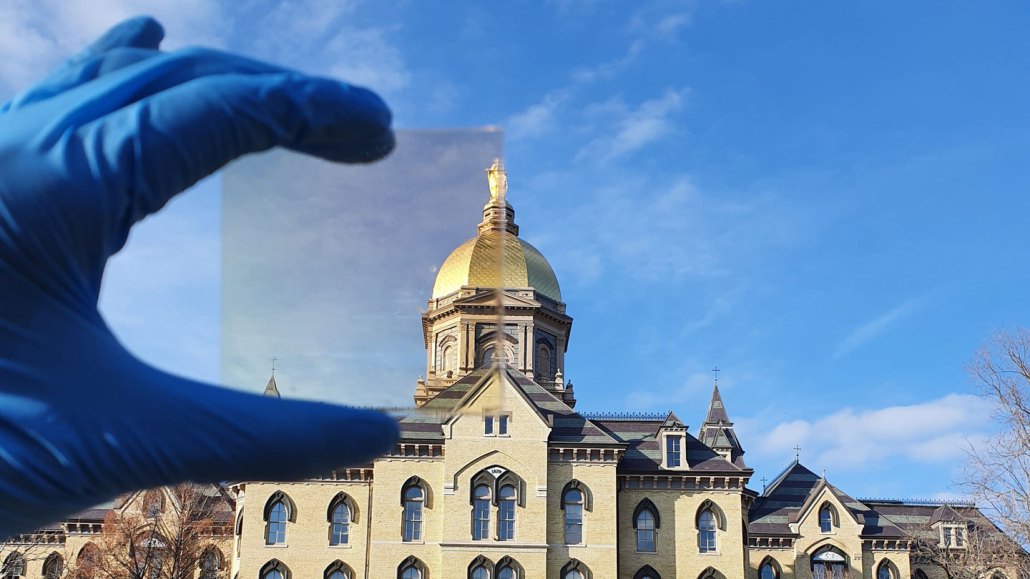Questions for ‘Think of this new tech as sunglasses for our windows’

This clear window coating keeps rooms bright and cool. Most visible sunlight passes right through, as shown in the top left. At the same time, the coating absorbs invisible, heat-raising sunlight and radiates it into outer space.
Adapted from S. Kim et al/ACS Energy Letters 2022